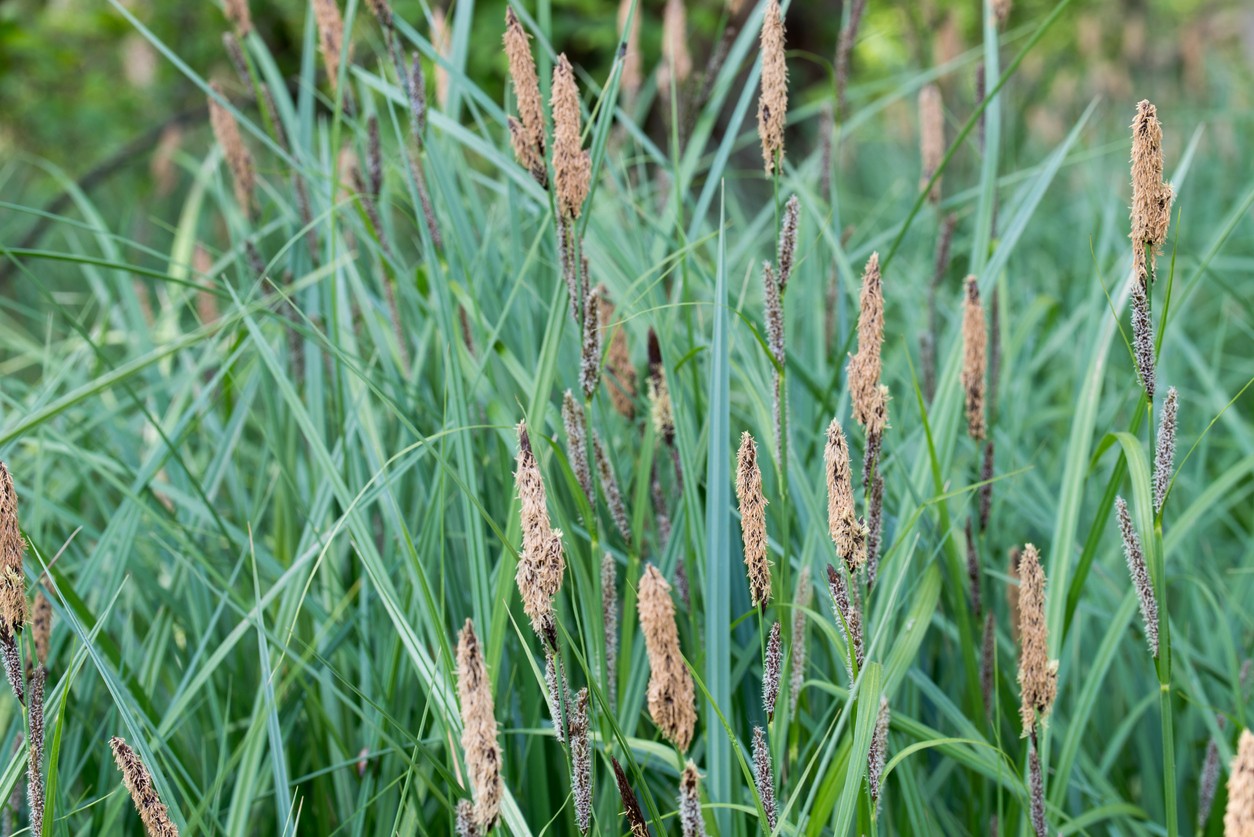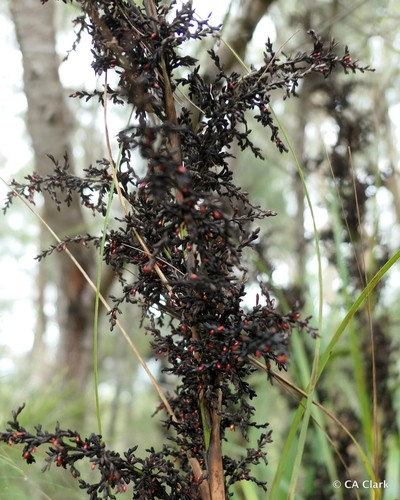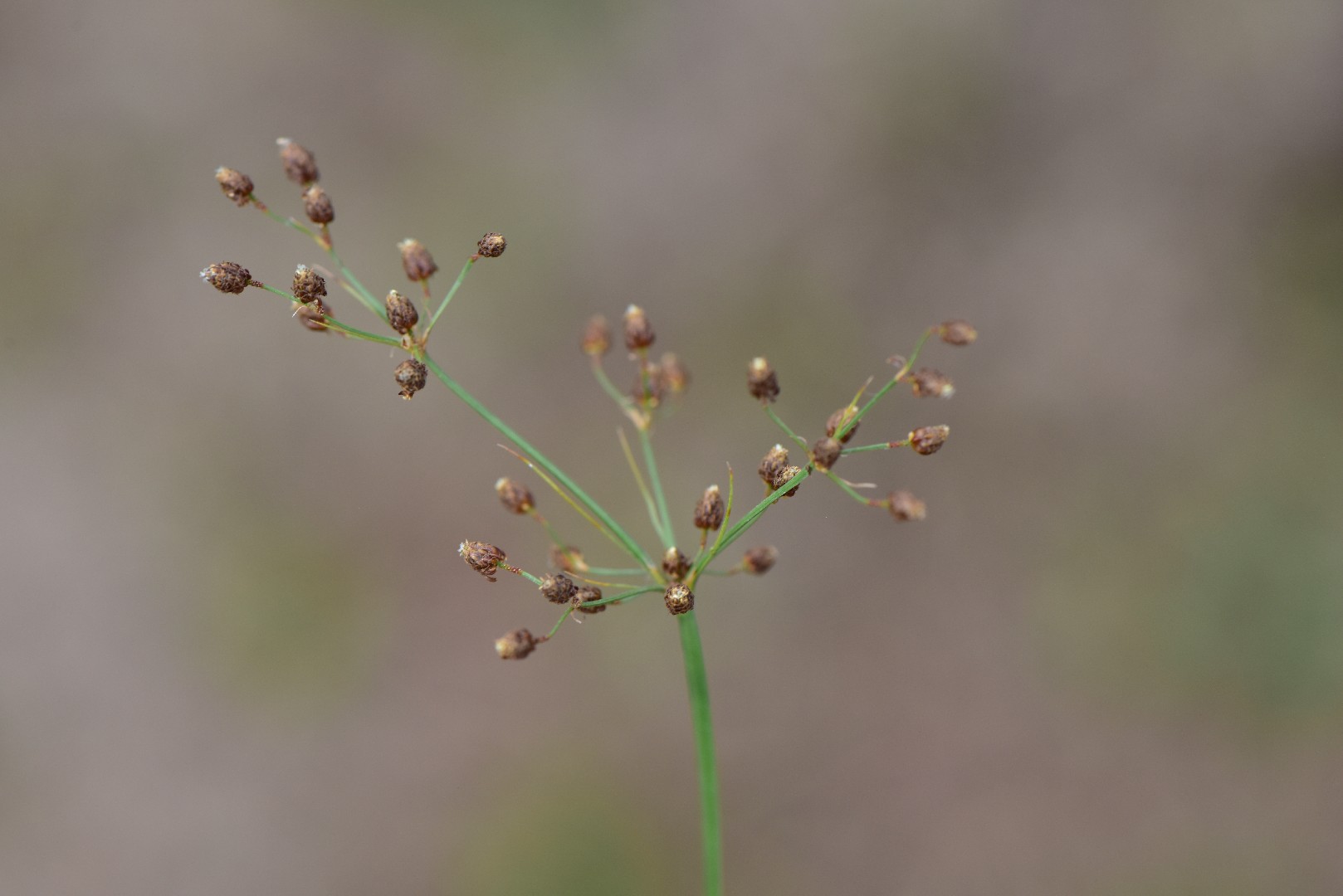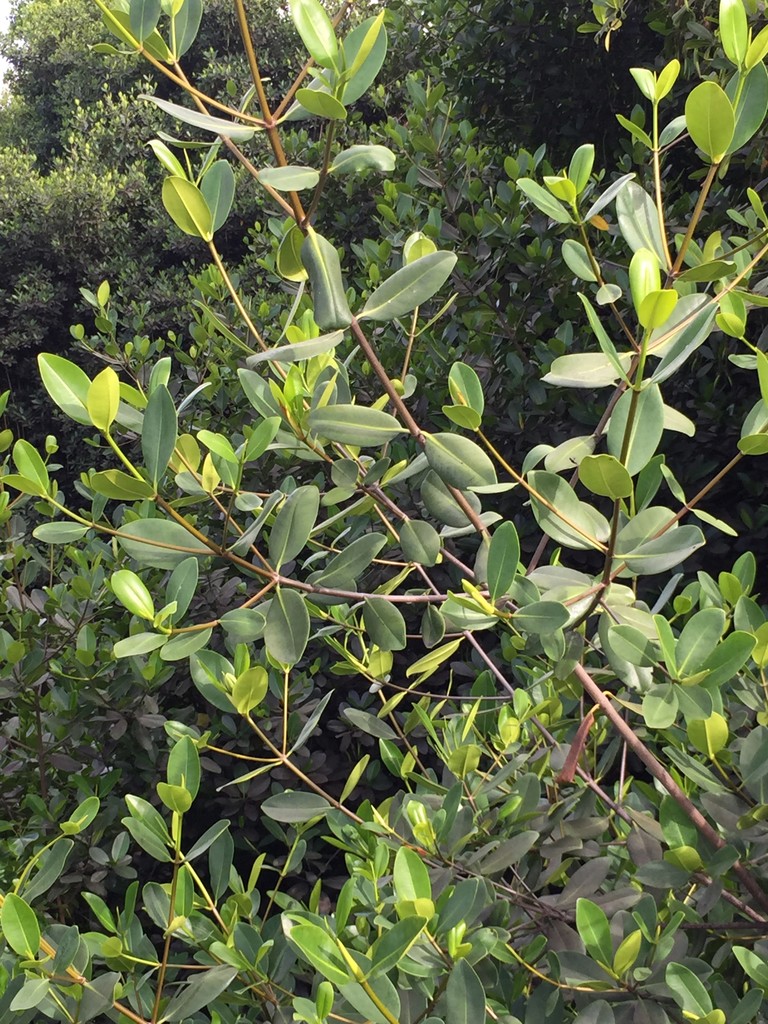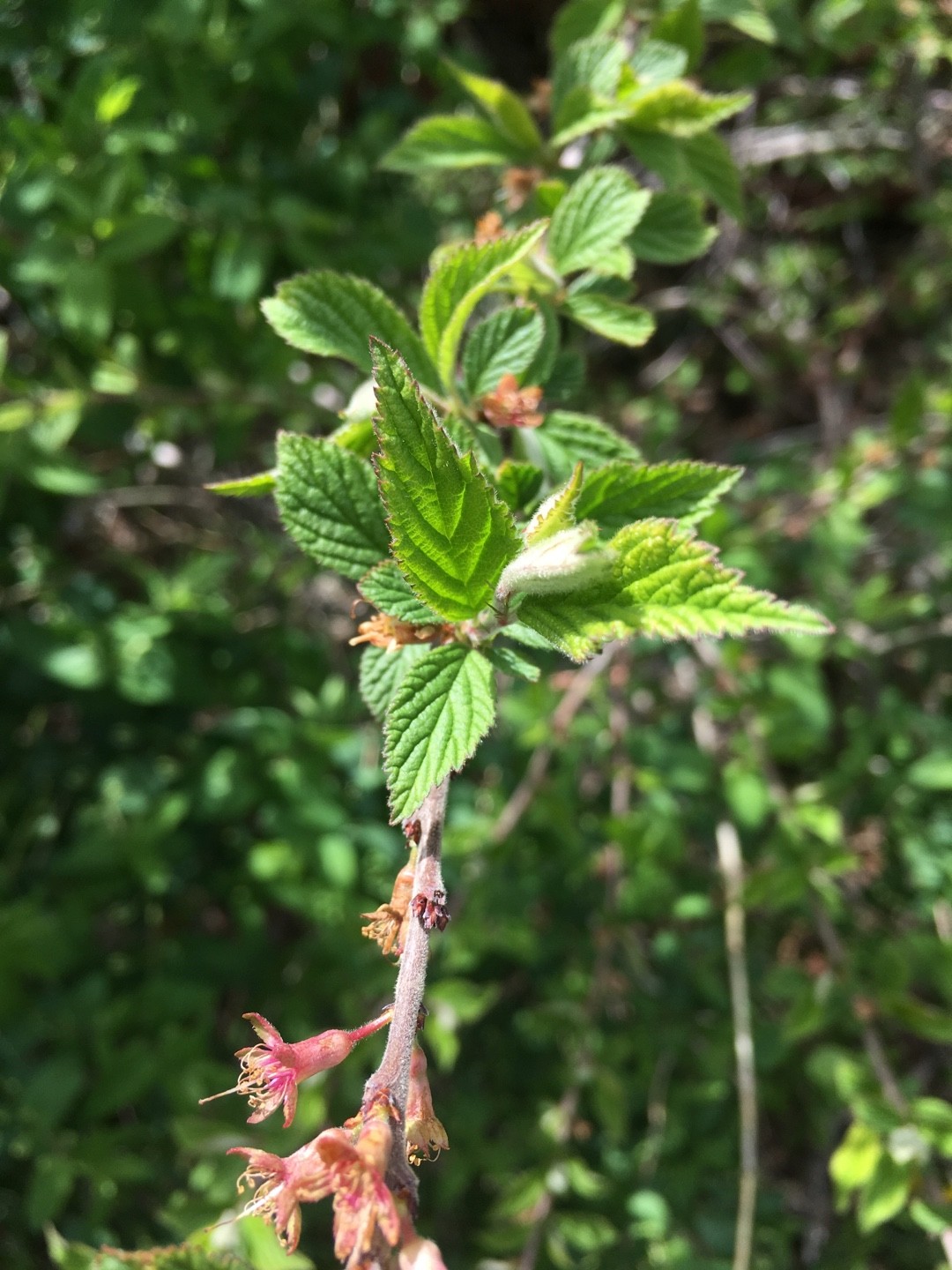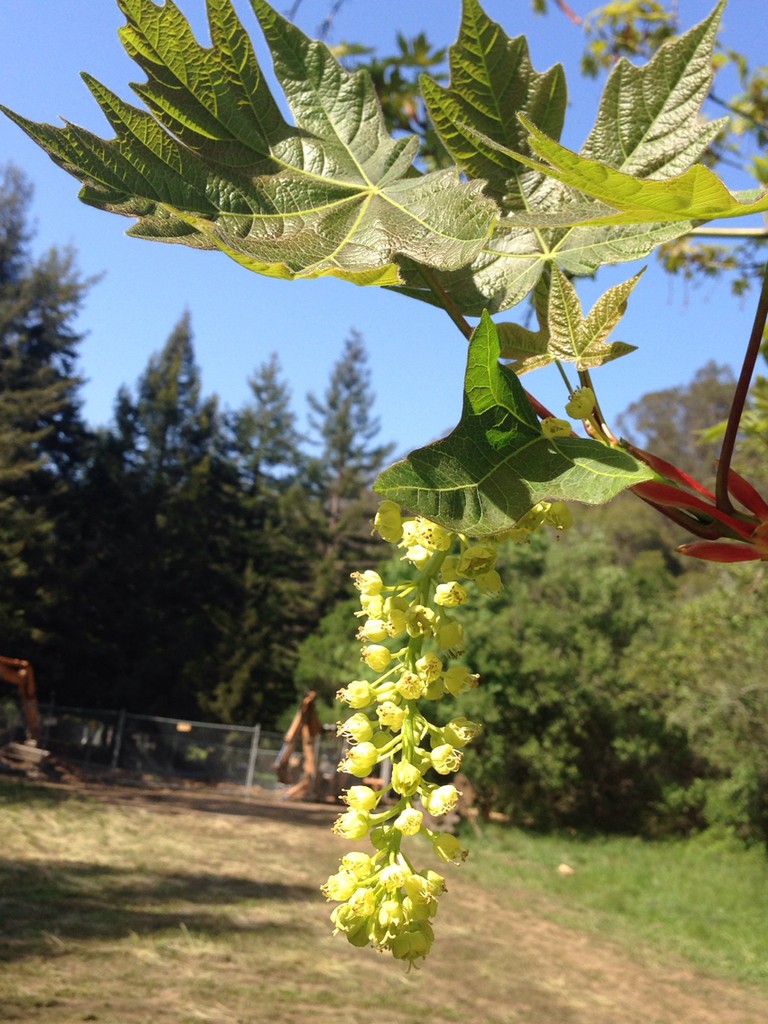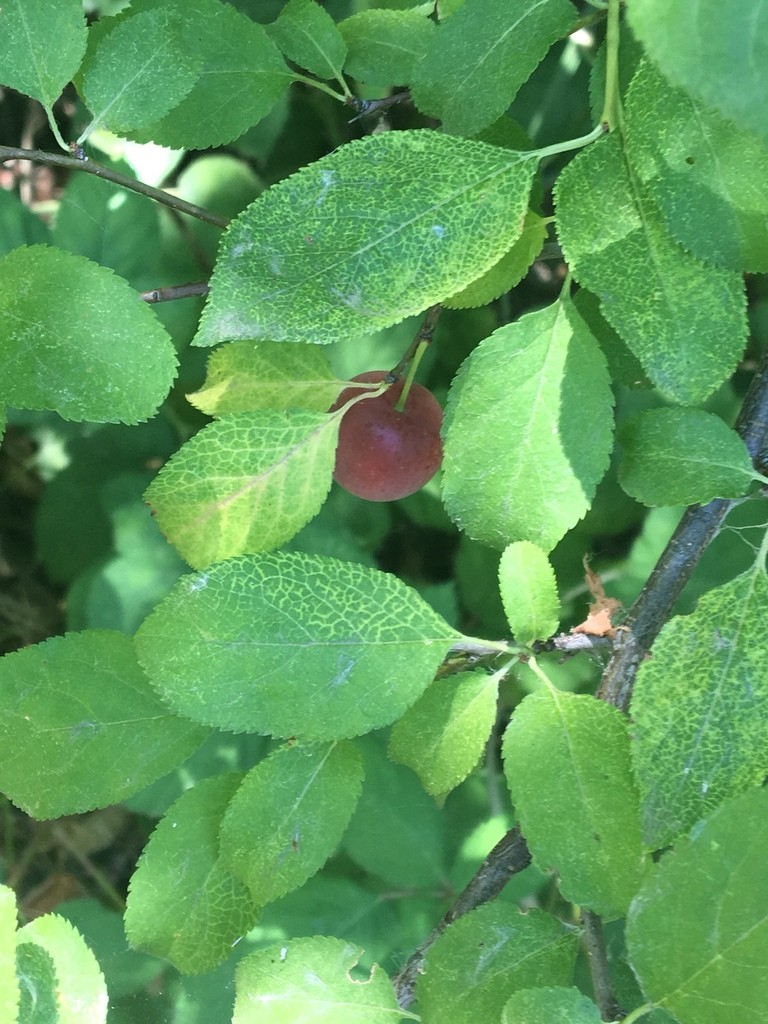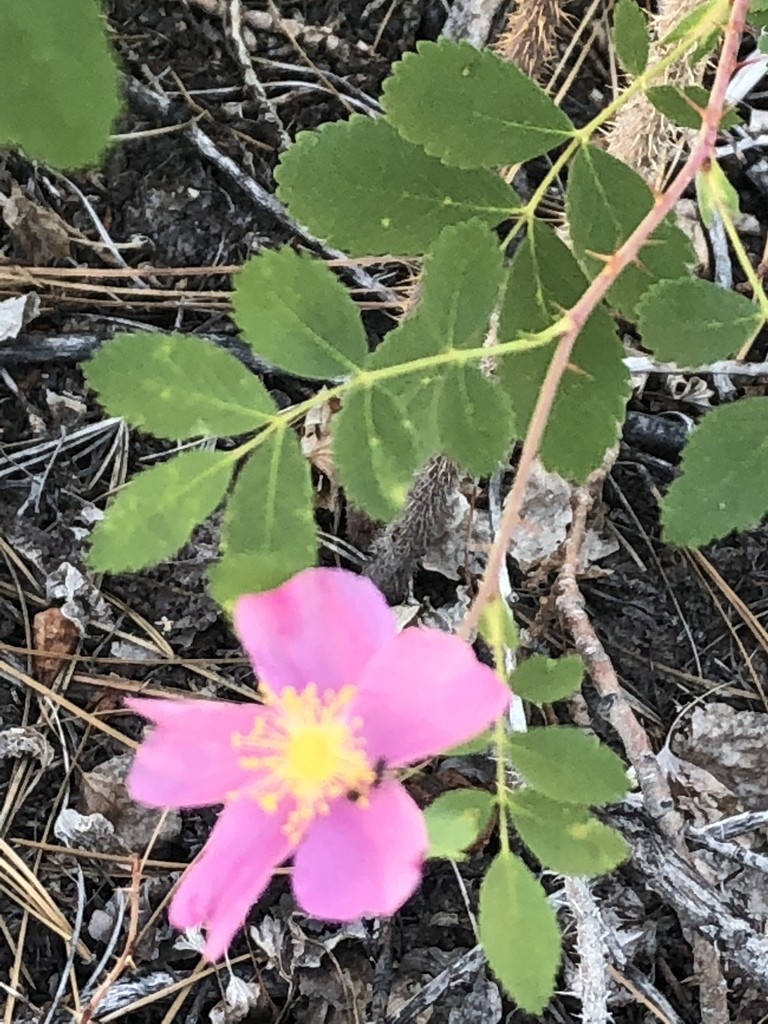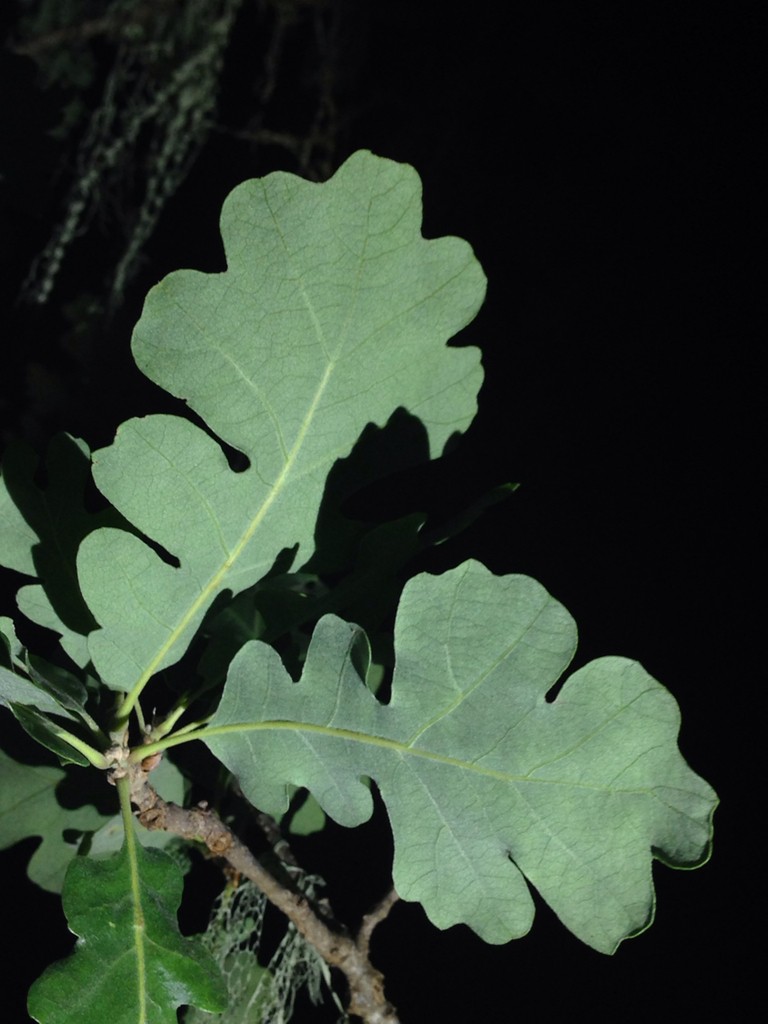Nutgrasses
Nutgrasses comprise a large, cosmopolitan, and diverse group of sedges. They grow in still or slow-moving water and produce small green flowers. Many species are ecologically important, serving as food sources for insects, birds, and mammals alike. Various species of nutgrasses have been used in making various products such as paper, mats, and sombreros. Some species are grown as ornamentals in pots and containers.



